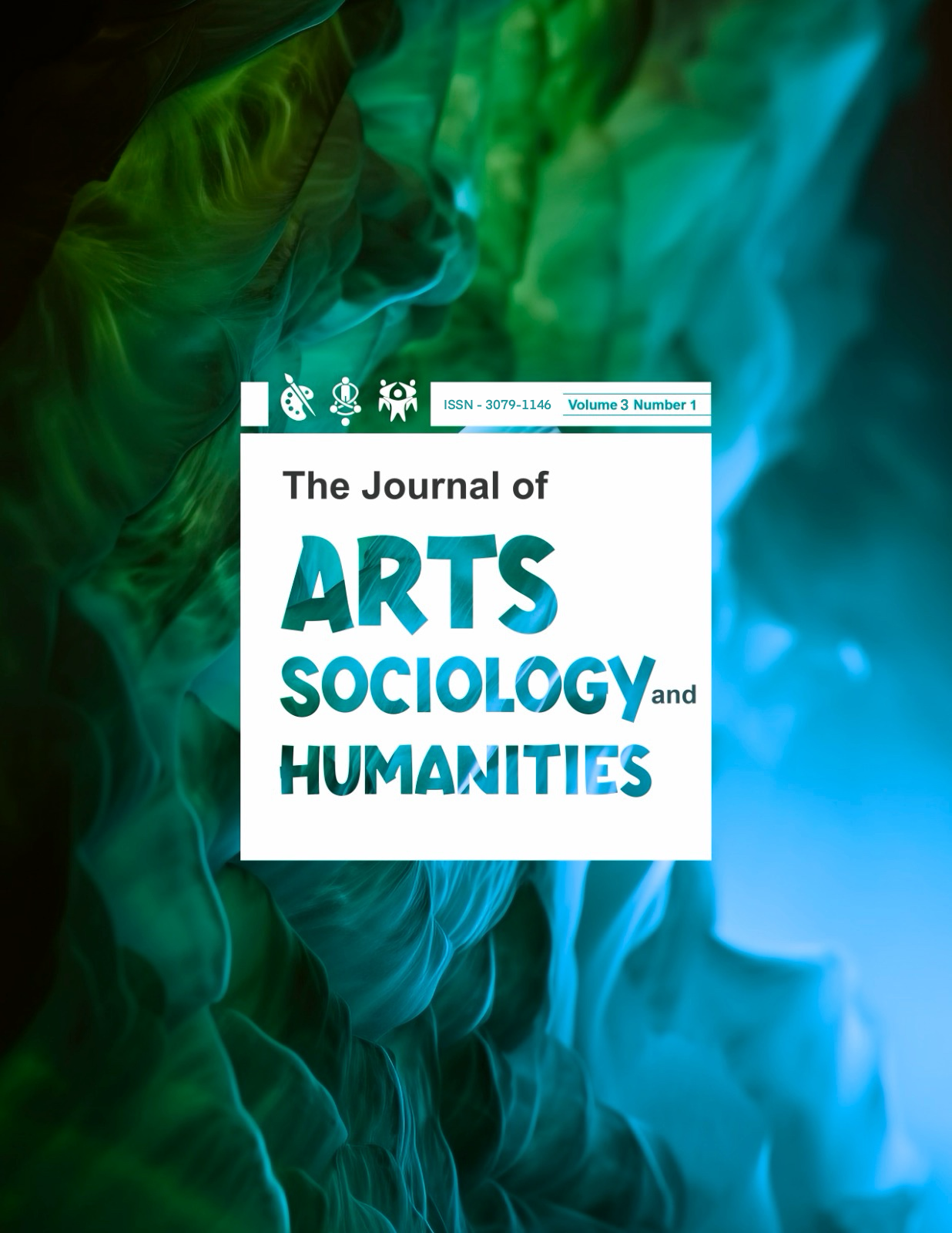Mythic Journey for Self-Actualization in Kesar: A Structuralist Study of the Balti Epic
Abstract
The present study aims to focus on the structural analysis of the Balti folktale Kesar, an ancient story narrated orally not only in Gilgit-Baltistan but also in Tibet, Mongolia, China, and India. This study analyzes Kesar by examining underlying structures to show how these patterns, motifs, and symbols render Kesar an epic. Moreover, the study of the symbols of Kesar unfolds how the text constructs meaning in a broader system from which it has emerged. Furthermore, the type, nature, and mode of the story are explored and studied by following the frameworks of Archetypal Criticism by Northrop Frye and Morphology of Folktales by Vladimir Propp through the examination of characterization, plot, functions, and dramatis personae. The Theory of Mythoi helps identify the genre, the Theory of Mode explores the era in which it emerged, and Proppian Model investigates the complete structure of the text. This study encourages other researchers to go for similar studies, and it would greatly help to discover a rich yet untouched Balti literature.






